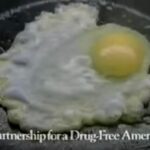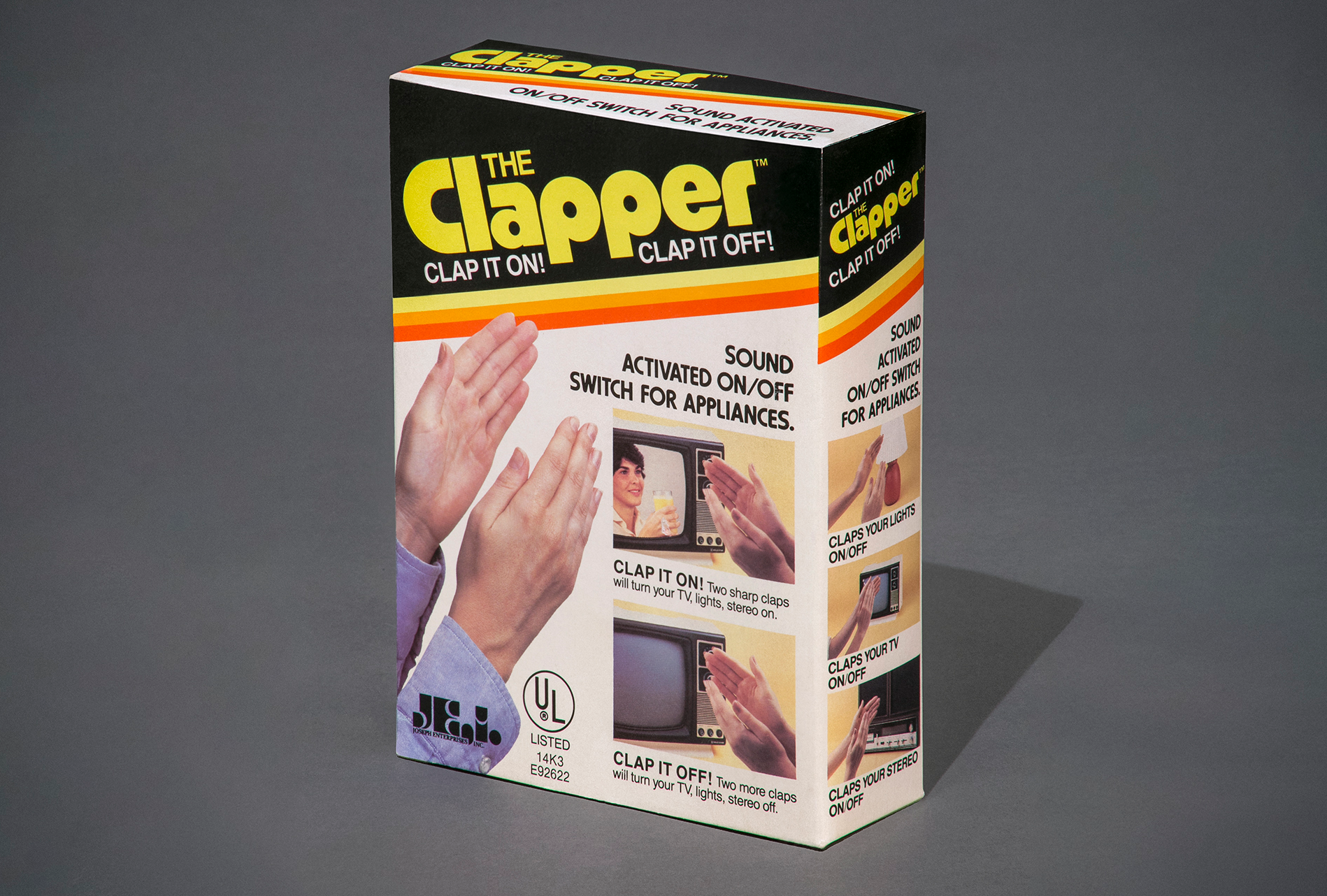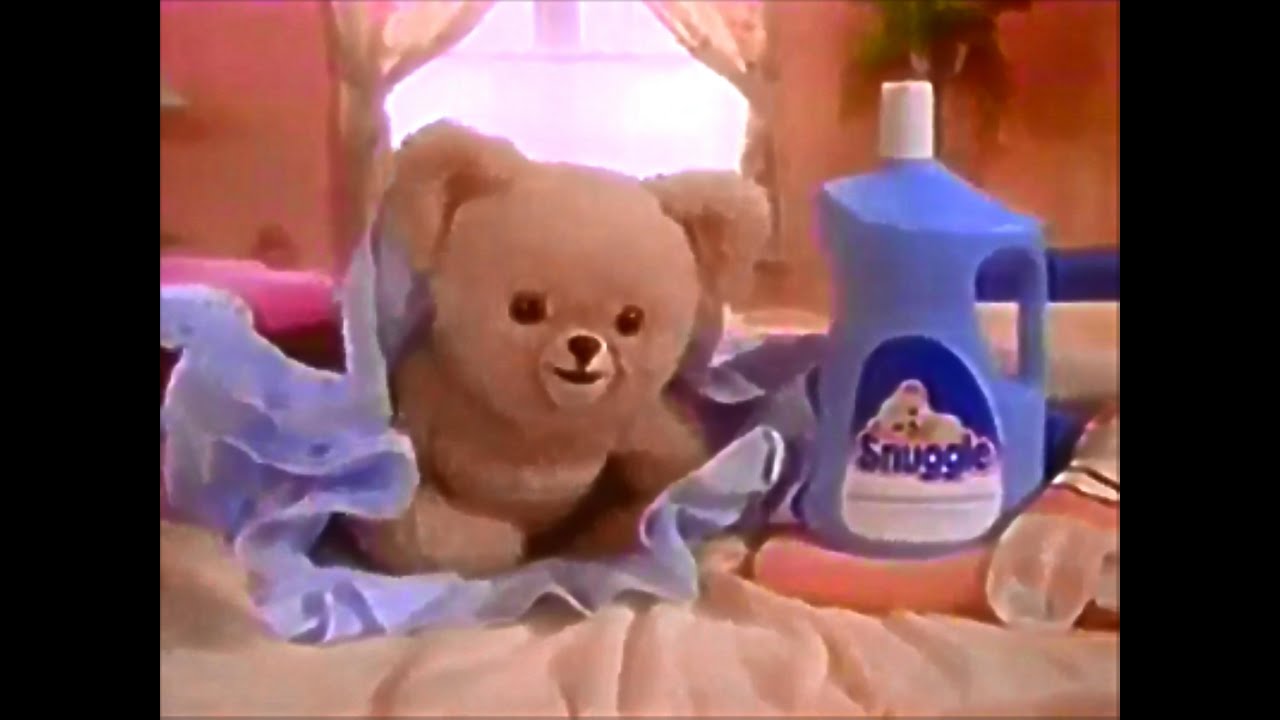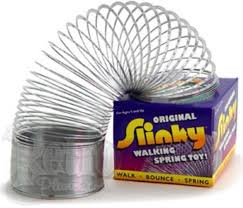 In the pantheon of American public service announcements, few have left a lasting cultural impression quite like the “This Is Your Brain on Drugs” PSA that first aired in the 1980s. With its blunt imagery, solemn tone, and no-frills message, it became one of the most instantly recognizable anti-drug campaigns of the decade. A simple comparison between an egg and a human brain, paired with the unmistakable sound of it sizzling in a hot frying pan, etched itself into the collective memory of a generation. For millions of viewers—especially children and teens who caught it during Saturday morning cartoons, late-night movies, or prime-time commercial breaks—this PSA was more than a warning; it was a symbol of how seriously the country was beginning to grapple with the war on drugs.
In the pantheon of American public service announcements, few have left a lasting cultural impression quite like the “This Is Your Brain on Drugs” PSA that first aired in the 1980s. With its blunt imagery, solemn tone, and no-frills message, it became one of the most instantly recognizable anti-drug campaigns of the decade. A simple comparison between an egg and a human brain, paired with the unmistakable sound of it sizzling in a hot frying pan, etched itself into the collective memory of a generation. For millions of viewers—especially children and teens who caught it during Saturday morning cartoons, late-night movies, or prime-time commercial breaks—this PSA was more than a warning; it was a symbol of how seriously the country was beginning to grapple with the war on drugs.
The ad itself was remarkably short, direct, and visually minimalist. A man, later identified as actor John Roselius, stands in front of a plain kitchen stove. Holding up an egg, he says calmly, “This is your brain.” He then points to a frying pan. “This is drugs.” Finally, he cracks the egg into the pan. As the egg begins to bubble and fry, he delivers the now-legendary line: “This is your brain on drugs. Any questions?” The sizzling sound, the sight of the egg congealing into a bubbling mess, and the stern silence that follows packed a powerful punch in just thirty seconds. There were no statistics, no background music, no long explanations. It was pure metaphor, designed to be shocking and immediate.
The commercial was produced by the Partnership for a Drug-Free America, an organization formed in 1985 in response to growing national concern over substance abuse, particularly among youth. This was the era of Nancy Reagan’s “Just Say No” campaign and the height of the Reagan administration’s war on drugs. Fear of crack cocaine, heroin, marijuana, and even psychedelics was rising sharply, fueled by a combination of media panic, moral outrage, and sensational headlines. The country was looking for bold new ways to reach young people before drugs did. The PSA was one of the most prominent responses to that challenge. It cut through the noise with its stark simplicity and unflinching tone.
Part of what made the ad so effective was its strategic use of imagery that was both domestic and visceral. A frying pan and an egg were everyday objects found in every American kitchen. By turning them into a metaphor for drug-induced brain damage, the PSA localized the threat of drugs into the home and made it deeply personal. It didn’t rely on statistics or testimonials; it tapped into the primal discomfort of seeing something familiar become something ruined. For kids, especially, the comparison was easy to grasp. Brains and eggs are both soft, vulnerable, and easily altered by heat—meaning, in this case, drugs.
The PSA aired during a time when television wielded significant influence over public consciousness. With no internet and far fewer entertainment options, families watched TV together, and commercials like this one reached a vast and diverse audience. It ran across multiple networks, during kid-friendly hours and adult programming alike, ensuring that the message seeped into the minds of children, parents, and educators. Teachers showed it in classrooms, parents quoted it at the dinner table, and kids repeated the “Any questions?” line on playgrounds. It became more than a PSA—it became a cultural reference point.
Its effectiveness, however, was the subject of debate even back then. Some praised the PSA for its boldness, its clarity, and its memorability. Others criticized it for being overly simplistic, alarmist, or out of touch with the complex social realities of drug use. But the ad wasn’t designed to explain addiction or offer nuanced advice—it was meant to shock, warn, and discourage, especially among children and teenagers. In that regard, it succeeded beyond measure. It became one of the most parodied and discussed PSAs in history, spawning countless homages, spoofs, and even merchandise. From late-night comedians to underground zines, the fried egg became an image you couldn’t escape, and that ubiquity is arguably what made it so powerful.
By the late ’80s and into the early ’90s, the ad had already become iconic. It had burned itself into the collective memory, not unlike the egg in the pan. The phrase “This is your brain on drugs” became shorthand for a certain kind of anti-drug messaging—blunt, fear-driven, and unmistakably of its time. The ad’s success helped pave the way for more creative and emotionally complex PSAs in the years to follow. But it also exposed the limits of scare tactics. For some kids, the fried egg metaphor felt abstract or even unintentionally humorous. For others, especially those already dealing with drugs in their communities, the ad lacked the realism or depth to make a lasting difference.
Still, its legacy is undeniable. In the years since, the original ad has been revisited, rebooted, and reinterpreted in various forms. In 1997, the Partnership for a Drug-Free America released a grittier, updated version featuring actress Rachael Leigh Cook. This time, she smashed the egg with a frying pan, then proceeded to destroy the entire kitchen in a violent frenzy, symbolizing not just the brain on drugs, but the full societal destruction drugs could cause. It was a more intense and theatrical take, aimed at a generation now well-versed in irony and media literacy. And yet, even with this update, nothing quite captured the eerie, quiet tension of the original thirty-second spot.
The ad also had an afterlife in pop culture. It’s been referenced in shows like The Simpsons, Family Guy, Robot Chicken, and even Stranger Things. Musicians sampled it, comedians parodied it, and brands played off its imagery in unexpected ways. That level of cultural saturation speaks to its influence. It transcended its original purpose and became a symbol of the 1980s’ particular brand of earnest, sometimes heavy-handed public messaging.
In retrospect, “This Is Your Brain on Drugs” perfectly encapsulates the intersection of media, fear, and morality that defined the 1980s war on drugs. It was a product of its time—direct, unsettling, and absolutely unforgettable. Whether you saw it as effective propaganda, well-meaning public education, or a relic of a more naïve time, there’s no denying the impact of that sizzling egg. It was more than a metaphor. It was a moment in history. And for an entire generation, it was the sound of their television warning them to be careful—because their brain was only one bad decision away from that frying pan.


